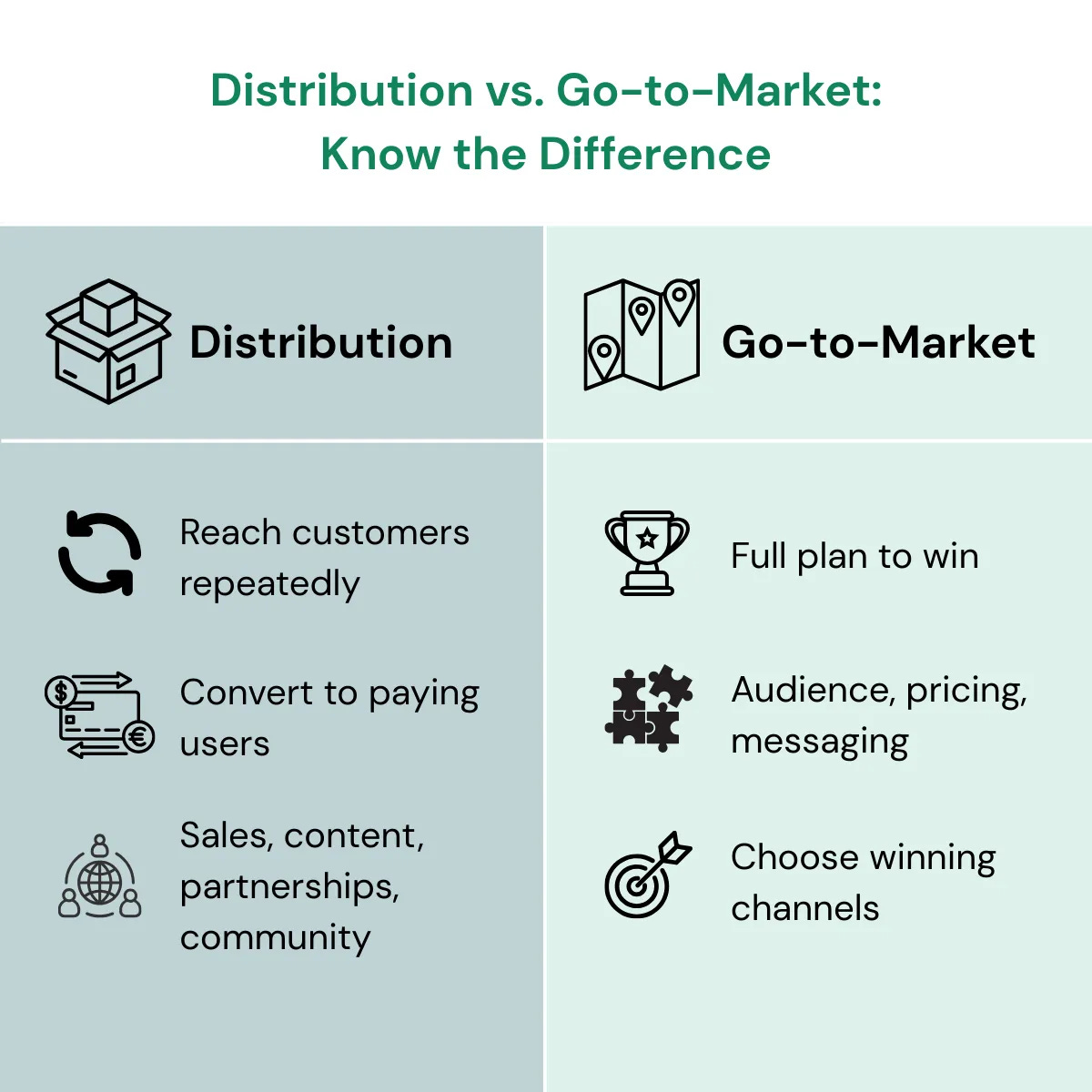There’s no doubt that companies must become more data-driven to stay relevant in the market. However, in reality, that data sits in silos while the data team and marketing or sales teams rarely communicate. Therefore, companies must bridge the gap between these departments by enabling teams to access and use data in their preferred tools.
In this episode of Sales Hacker, we welcome Kashish Gupta, the co-founder and co-CEO of Hightouch, a simple tool enabling businesses to transfer customer data from warehouses to their tools of choice.
Kashish discusses the mission and vision of his company and why they decided to be an inbound-driven business, at least at the early stage. He also shares his take on AI and whether teams, especially sales teams, should use tools like ChatGPT. Finally, Kashish explains how his teams use Hightouch internally and the sales team’s role as consultants in providing value, building trust, and maintaining long-term customer relationships.
Listen
Watch it here
Guest-at-a-Glance
Name: Kashish Gupta
What he does: Kashish is the co-founder and co-CEO of Hightouch.
Company: Hightouch
Noteworthy: Along with his team, Kashish is on a mission to help businesses transfer customer data easily from their data warehouses to their chosen tools.
Where to find Kashish: LinkedIn
Key Insights
⚡We want to bridge the gap between the data team and the sales/marketing team.
That’s why Hightouch is built to serve technical and non-technical users equally. It also aims to enable customers to use data in their preferred tools and on their own terms. ”The biggest thing for us is that people should live where they want. So data people like living in the database, and sales folks like living in Salesforce and Outreach. We don’t want to force anyone to adopt a new UI they don’t like or don’t want to be in day-to-day. And so, the name of the game is data access; we call it data activation. So getting that data active in the hands of business users.”
⚡If you provide context and train it properly, ChatGPT can be a valuable ally.
We are far from reaching a consensus regarding the use of AI and tools like ChatGPT in sales. Can we replace people, and instead of asking a salesperson to write a cold email, can ChatGPT do it? Kashish’s take is based on two schools of thought. The first is about sending the right message to the right customer at the right time. The second is about personalization and how vital it still is. He believes AI can help you at the draft level, but you’ll always need a human to lead the tool and polish the content. ”ChatGPT is not trained on your customer data. It’s trained on the broader internet, but if I were to give it my customer data and say, Hey, here’s everything I know about my customers. Take that as your context now. Help me write some emails to help me think about timing. In fact, let me teach you about timing. Then you start teaching ChatGPT about timing and when to reach out to a customer versus not, and you tell them, ‘Hey, these events signify value for my customer. These events signify a turn for my customer.’ If you build the right context, I think there’s a chance that this works.”
⚡Long-term relationships vs. sales at all costs.
Hightouch nurtures a culture of open, two-way communication between sales and product teams. As sales reps are talking to customers directly, they can learn firsthand how users feel about the product, what they like and don’t like, and how they believe it could be improved. Such information is critical for engineers to apply the changes properly. In such a constellation, Hightouch acts like an extension of its customers’ business operations and enables them to participate in the product’s growth. In addition, the sales team at Hightouch also provides consultancy to customers. Their business philosophy is about delivering value and building trust. ”Every call we’ve ever joined for Hightouch, it’s never been about, like, ‘Can we make money off of a sale?’ The only thing we think about is can we help this person? And if not, let’s stop selling them our thing. Let’s help them figure out how to solve their problem. And every single one of those relationships we build in six to 12 months eventually comes back and says, ‘Thanks for helping me back then. I couldn’t use Hightouch back then because I was still setting up my data warehouse, but because you helped me do that, I trust you, and can you help me with this next thing?’”
Episode Highlights
Hightouch Helps You Transfer Data Easily
”Hightouch is a simple tool that gets data from any database into any SaaS tool. We partner with Outreach, and we’re an easy way to get data from your database into Outreach.
So folks will get personalized information about their customers. How many times is that customer logging? What products are they clicking on the website, and when they recently logged in?
And using that information in Outreach, they can personalize their outbound emails to their customers. And we partner with all the different task tools. So we partner with all the CRMs (like Salesforce), and marketing and ad tools, like Facebook, Google, TikTok, and Snapchat.”
Using Data to Upsell Intelligently
”For example, you may not have a metric in your database that says, ‘Tell me what product my customer’s gonna use.’ But if you did, you could use that information to market or email the customer about that and upsell them.
So a common thing people do with Hightouch is, ‘What data can I use to upsell my customer intelligently? Can you tell me when I should reach out to them and what I should tell them about in order to upsell them?’”
How Hightouch Teams Use Their Product Internally
”We’re power users at Hightouch. So all of our onboarding emails are powered automatically by Hightouch. Our billing is even automated via Hightouch. Our CRM is powered by Hightouch, and our outreach emails are powered by Hightouch.
So we are an Outreach customer. We use it for email automation. And almost every single task tool we use in our business is powered by Hightouch, including Intercom, Outreach, and Salesforce. And the cool thing is because we have users that use our product before they pay for it, we wanna see that for usage.”
We Were Very Intentional About Building an Inbound-Driven Business
”We couldn’t imagine building a business that would grow fast enough otherwise. Of course, at a later stage, we might be able to build a business that’s outbound, and we can still grow as quickly. But you need a lot of cash to do that, to hire sales reps, outbound sales reps; there’s so much more process you need in place to go outbound.
So our selection criteria was, ‘Let’s build something that people come to us asking us for.’ […] We created this term called Data Activation. And people would come to us, and they’ll be like, ‘Hey, I wanna activate my data. I don’t have access to my data. Can you help me get access to my data?’ And for technical users, we created this term called Reverse ETL. It’s an odd term, but it simply means getting data out of your database. […]
That controversial type of messaging stuck, and people remembered it. It was a strategy like, just get people to talk about this thing, be the number one on SEO for that thing. And that was our demand in the early days.”
A Surplus Mentality Leads to Sustainable Growth
”There are businesses who only have a hundred customers they can go after, and they do have fear about losing those hundred customers because that’s like the market size.
With a business like Hightouch, we are lucky because, at some point, everyone wants to use data for sales and marketing. It’s like a truism. So you know that, at some point in time, you can close every company in the world, so you don’t have to be scared of losing one or two accounts or trying to sell them now versus later. So people can focus on the long-term.”




